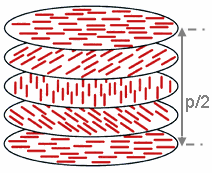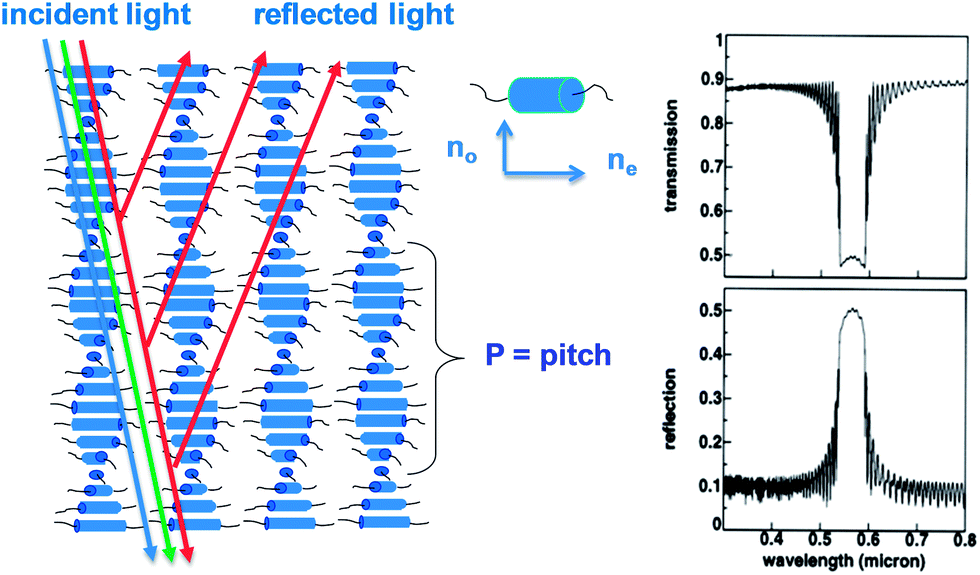Cholesteric liquid crystal
Cholesteric liquid crystal displays (English Cholesteric Liquid Crystal Display, short ChLCD ), are a built up ads based on cholesteric liquid crystals. This type of liquid crystal displays was developed by Kent Displays.
The pixels of a display having a bistable state, which they can keep without supply voltage. This image contents shown are retained without further energy to consume ( Zero - Power). The disadvantages of this technology are the slow refresh rate and the limited temperature range.
Bistable displays are used for example as price tags in supermarkets or in public transport for displaying schedules.
Operation
By applying an electrical voltage to the cholesteric liquid crystals can be converted into three states.
In the homeotropic texture light is allowed to pass through almost unhindered.
The focal conic texture is an unstable intermediate step. If the voltage is removed in this stage, the display reverts to the homeotropic phase.
In the planar texture, a portion of the visible light reflected by the Bragg reflection.
Usually an absorption surface is mounted behind the display, and implemented for example by a black coating. Depending on the control incident light is either absorbed or reflected.
Variants
- Flexible ChLCD as a color-changing case of Kent Displays
- Geameleon, large sheet of colored ChLCD modules










